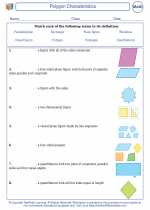Study Guide: Stormy Weather in Math
In Math, the term "stormy" can be related to the concept of probability and statistics. When we talk about "stormy" in the context of Math, we are often referring to scenarios where there is uncertainty or variability involved, such as in weather predictions, data analysis, or probability calculations.
Key Concepts
- Probability: Probability is the likelihood of a specific event or outcome occurring. When dealing with "stormy" situations, we often need to calculate the probability of certain events happening, such as the probability of a thunderstorm occurring on a particular day.
- Statistics: Statistics involves the collection, analysis, interpretation, and presentation of data. In "stormy" scenarios, we may need to use statistical methods to analyze and make predictions about weather patterns, such as determining the average number of stormy days in a given month.
- Data Analysis: When dealing with "stormy" data, we may need to use various data analysis techniques, such as creating histograms or scatter plots to visualize the frequency and distribution of stormy weather events over time.
- Uncertainty and Variability: "Stormy" situations often involve uncertainty and variability, which means that outcomes may not be predictable with absolute certainty. Understanding how to quantify and manage uncertainty is an important skill in Math.
Practice Problems
To better understand the concept of "stormy" in Math, it's important to practice solving problems and applying these concepts to real-life scenarios. Here are some example questions and problems related to "stormy" that you can work on:
- Example 1: Probability Calculation
What is the probability of having at least 3 stormy days in a week, based on historical weather data? - Example 2: Data Analysis
Create a bar graph to represent the frequency of stormy weather events in each season over the past year. - Example 3: Statistical Analysis
Calculate the mean and standard deviation of the number of stormy days per month for the past five years.
By practicing these types of problems, you can improve your understanding of "stormy" scenarios in Math and develop your skills in probability, statistics, and data analysis.
Incorporating real-world examples and applications of "stormy" scenarios can also help solidify your understanding of these concepts and their relevance in everyday life.
So, keep practicing and exploring different "stormy" scenarios in Math to deepen your understanding and proficiency in this area.
Good luck with your Math studies!
.◂Math Worksheets and Study Guides Fifth Grade. Polygon Characteristics
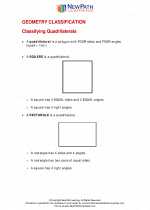
 Worksheet/Answer key
Worksheet/Answer key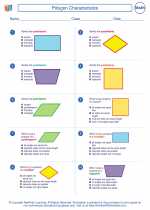
 Worksheet/Answer key
Worksheet/Answer key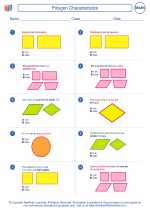
 Worksheet/Answer key
Worksheet/Answer key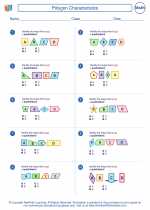
 Worksheet/Answer key
Worksheet/Answer key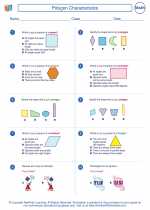
 Worksheet/Answer key
Worksheet/Answer key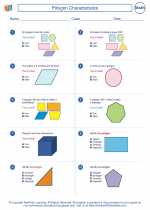
 Worksheet/Answer key
Worksheet/Answer key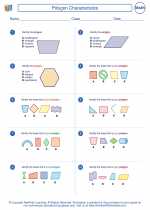
 Worksheet/Answer key
Worksheet/Answer key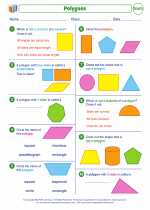
 Worksheet/Answer key
Worksheet/Answer key
 Vocabulary/Answer key
Vocabulary/Answer key